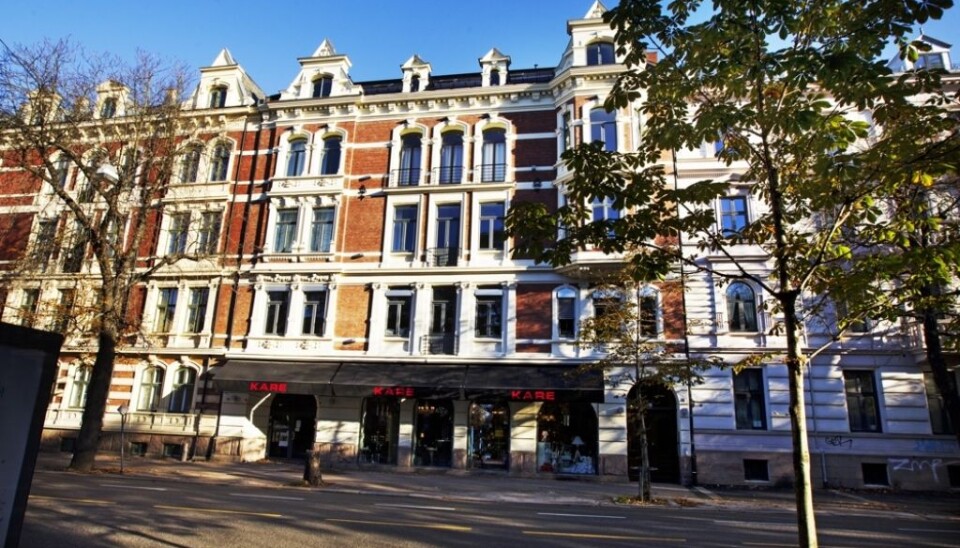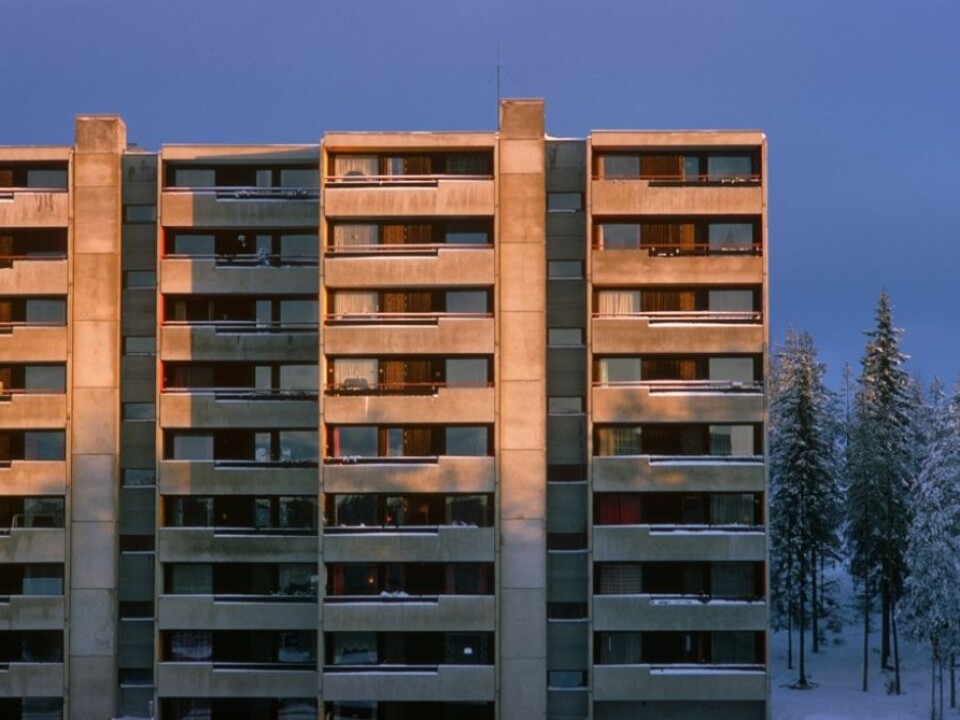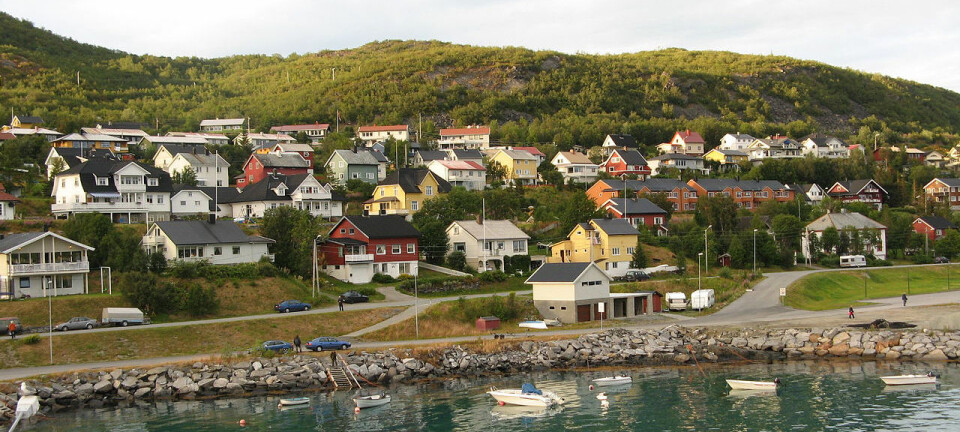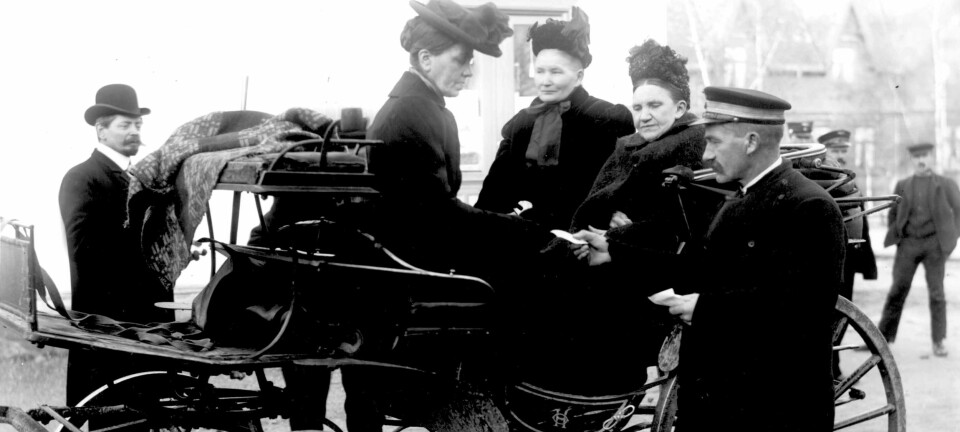
Oslo’s golden ghettos
Wealthy and well-educated citizens of Oslo clump continuously tighter together.
Denne artikkelen er over ti år gammel og kan inneholde utdatert informasjon.
Lots of large cities are split up demographically in richer and poorer districts. But Norway’s capital is something else.
In the media the issue of the ghettoization of Oslo usually refers to sections of town where lots of immigrants and low-income and groups dwell.
The sociologists Jørn Ljunggren and Patrick Lie Andersen were surprised when they analysed the income and residential patterns in the capital over a longer period.
The results showed that the rich and resourceful residents of the city live in a more segregated way than other groups.

The researchers’ analyses showed that the upper crust has withdrawn and segregated itself the most since 1980.
A division within the West Side
The researchers also found an east-west subdivision within the West Side.
They checked out the addresses of people like professors, editors and museum directors – people with plenty of cultural resources. They live on the eastern side of the West Side.
The densest concentrations of people with large bank accounts, but less in the way of cultural wealth, are found on the western side of the West Side.
Long tradition of class divisions

Oslo has a long history of economic and social separations. Traditionally the rich have lived on the West Side and the working class and low income groups have lived on the East Side.
But few systematic studies have investigated how class.separated the city is over a longer period. This is what the sociologists decided to do.
Using figures from Statistics Norway, they charted all Oslo youth aged 15 to 18 in the year 1980, and in the period 1993 to 2005.
They compared their parents’ incomes based on tax records. This data was correlated with information from Statistics Norway’s census and registration of residences.

The researchers found that the division between East and West in Oslo has remained stable.
Oslo stands apart
Ljunggren works at the University of Oslo and Andersen is connected with the social research institute NOVA. They have started to make comparable analyses of other large Norwegian cities.
While these are incomplete, the researchers have already concluded that Oslo is unique in Norway with regard to segregation. Indeed it would be hard to split up the population any more distinctly into neighbourhoods dominated by kindred class and educational levels.
Oslo also has a clearer geographical division between rich and poor city districts than just about any other city in Europe.
The researchers also wish to focus on what they call the “golden ghettos”. If Norway hopes to reduce class distinctions, efforts must be made to get a better mix of people in the golden ghettos just as much as the traditional East Side ghettos.
Harmful ghetto developments
A ghetto is not just a concentration of poor people or immigrants with little formal education, low incomes and insufficient social resources.
“We understand how the consequences can be bad when a neighbourhood lacks a certain minimum of resourceful people. But there are similar negative consequences when the rich are all concentrated in the same neighbourhood,” says Jørn Ljunggren.
“The very poorest and the very richest see very little of one another in today’s Oslo.”
“But it is primarily the wealthiest people who live on their own and never mingle with the poorest people in Oslo’s East Side districts.”
Housing market plays a key role
The researchers think one problem making it hard to break up the rigid pattern is that Oslo has been a segregated city in this way for so long.
“We who live in the city have preconceptions of how the various districts are and what kind of people live there. These interpretations are hard to change, also for the people who manage the city’s housing policies,” says Ljunggren.
In Norway a very high percentage of the population owns their own homes, about 80 percent. Not much housing is government owned, as compared to other countries in Scandinavia. There are hardly any municipal housing units.
“If the politicians wanted to do something about the situation, they could. But the authorities have retreated from public housing and let the market take control,” asserts the sociologist.
“We think the current weak regulation of the housing market in Oslo has a crucial role. As long as the market is as it is, you need a lot of resources to have any freedom of choice.”
“Low income groups cannot simply opt to move to the West Side. If we want to do something about such disparities in Oslo, we need to also do something about the golden ghettos,” says Lljunggren.
------------
Read the Norwegian version of this article at forskning.no
Translated by: Glenn Ostling


































